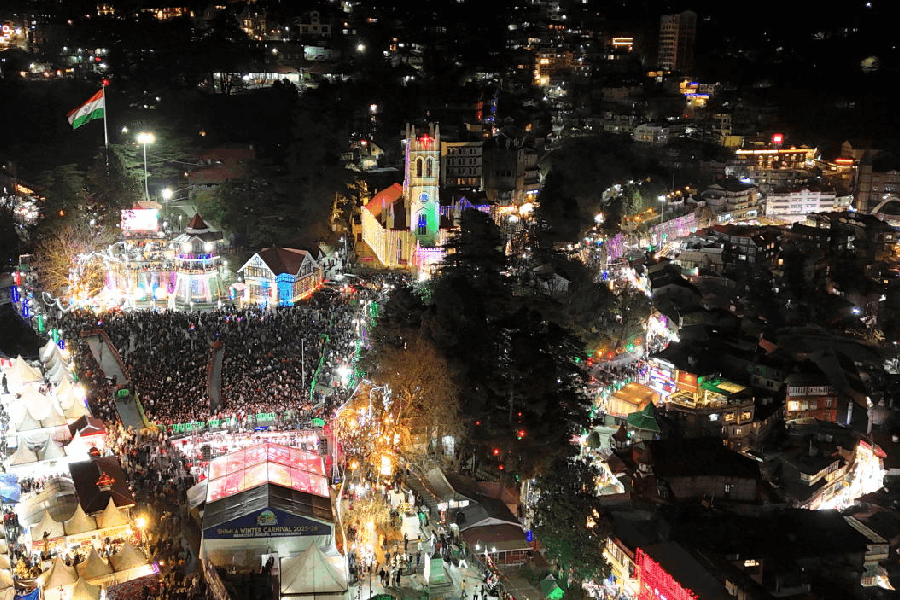Guwahati, July 17: There are 130 living languages, including variants, in five states of the Northeast, some of them probably spoken by only four or five people, a survey conducted by an NGO has found.
G.N. Devy, chairperson of Peoples’ Linguistic Survey of India (PLSI), an initiative undertaken under the auspices of the Gujarat-based Bhasa Research and Publication Centre, told reporters here today that they had completed the survey in Assam, Meghalaya, Tripura, Nagaland and Manipur and the findings would be released in book form in New Delhi on September 5. He termed the Northeast’s diversity of language as its “wealth”.
According to the survey, Konyak is the least spoken language (spoken by only five people) in Assam. “The data has been taken from the 2001 census report. There may be more Konyak-speaking people in the state but we could not communicate with them,” a surveyor said. However, Konyak is widely spoken in Nagaland.
The PLSI, which is based on 2001 census report and data provided by different language-speaking communities (instead of house-to-house survey), has recorded 55 living and three connecting languages in Assam. The survey was initiated in Assam in February last year and involved around 100 people.
Esther Syiem from the English department of North East Hill University, who was involved in conducting the survey in Meghalaya, said they had found 22 and nine varieties of Khasi and Garo languages respectively, besides their standard forms, in Meghalaya. “In addition, there are five more languages in the state,” he added.
“Speakers of one variant of Garo language do not understand the other. These communities try to conserve their languages and always have the fear of being overshadowed by the standard form. Among the variants of Garo language, there are less than 100 speakers of the Chibok and Megam languages,” Syiem said.
S. Debbarma from the history department of Tripura University, who was associated with the survey in Tripura, said they had found 10 living languages in Tripura of which Shimal is spoken by only four people and Korbong by only 250-300 people.
Devy said according to Unesco, a language is termed “potentially endangered” when the number of its speaker is less than 10,000. “But I don’t agree with this definition. We should not follow the benchmark of Unesco. We should not only think how many languages have died, we should also think how many are living. In India nobody knows how many languages are endangered,” he said.
The research will be published in volumes with the one for Assam in both Assamese and English and those for the four other states in English, Devy said. The published articles will be written by people from diverse fields such as academics, medicine and law.
Devy said the survey has documented languages as communities speaking those languages perceive them. “The PLSI seeks to identify, document and understand these languages, especially the languages of fragile communities such as the nomadic, coastal, island, hill and forest people,” he said.
“Our survey has not been on linguists’ perspective or to discover new languages. There are unrecorded languages which have been spoken for 1500 years ... They are not new languages as linguists have found them now,” he added.
Conceived as a project to capture how people identify, name and perceive what they speak, the survey also aims to publish stories of people’s origin, dispersal and relationship with neighbouring cultures.
Devy said the nation-wide survey was the first of its kind since the one conducted by George Grierson a century ago.











